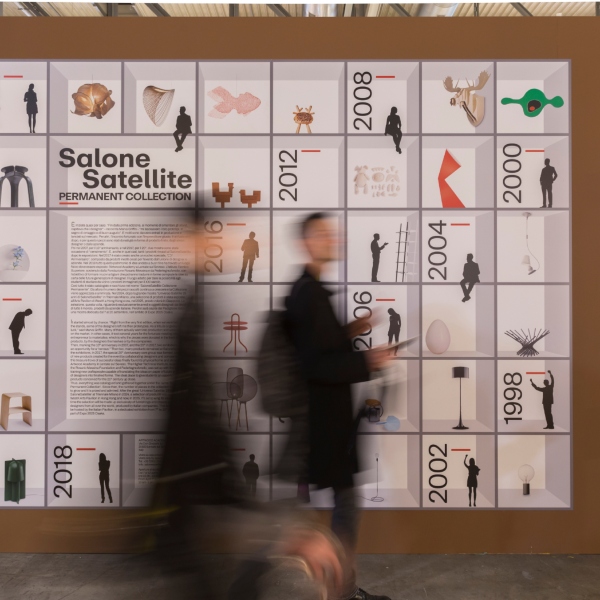Spring in Milan is never just a season – it’s a state of mind. As the city’s fountains awaken and street cafés fill with laughter and the aroma of espresso, Milan simultaneously becomes the epicenter of something far greater than local excitement. That moment marks the beginning of Salone del Mobile.Milano – the leading event in the world of design, space, light, and ideas.
The 2025 edition opened amid a climate of economic and geopolitical uncertainty, but it is precisely in such a context that this event reveals its true strength. With 302,548 visitors from 151 countries, 68% of whom were international professionals, the Salone was not just a fair – it was a movement, a platform where not only products, but values, visions, and strategies were exchanged.
As in previous years, the event was held in the monumental Fiera Milano Rho venue, transformed into a labyrinth of creative pavilions. Over 2,100 exhibitors from 37 countries presented their latest collections, innovations in furniture, lighting, workspaces, and interior accessories. The international character of the event was stronger than ever – from China to Brazil, from Saudi Arabia to Switzerland, all roads led to Milan.

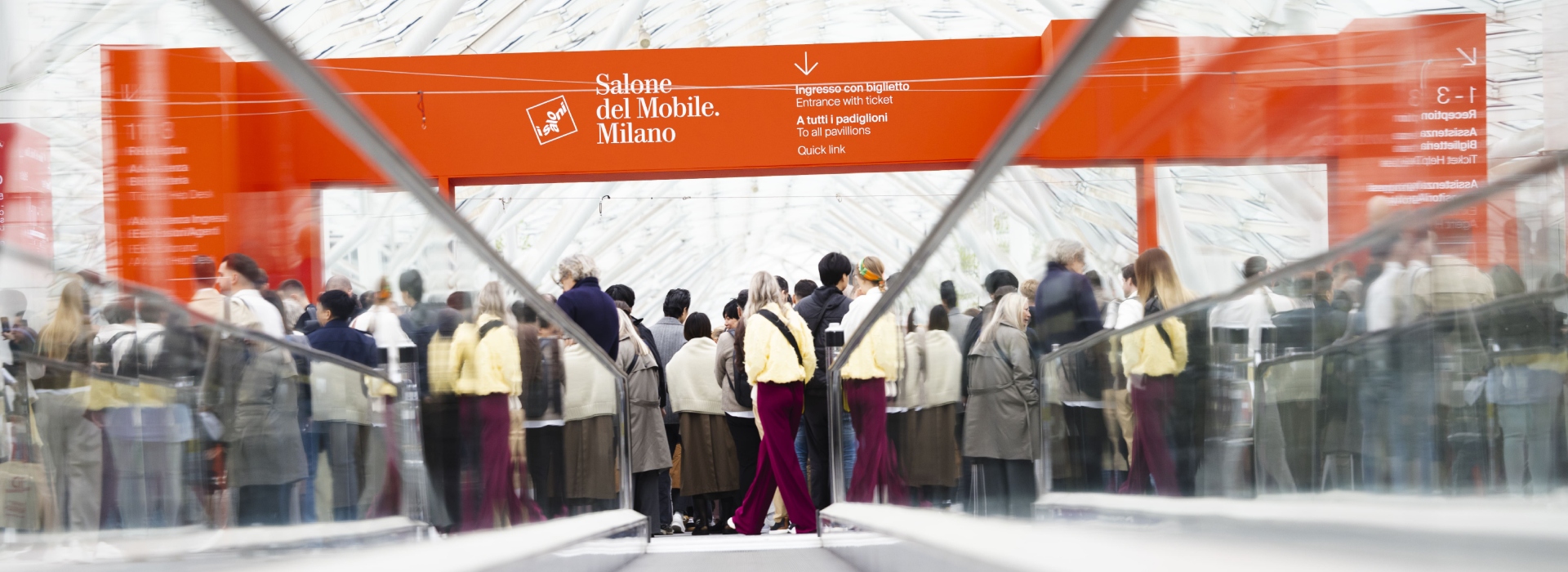
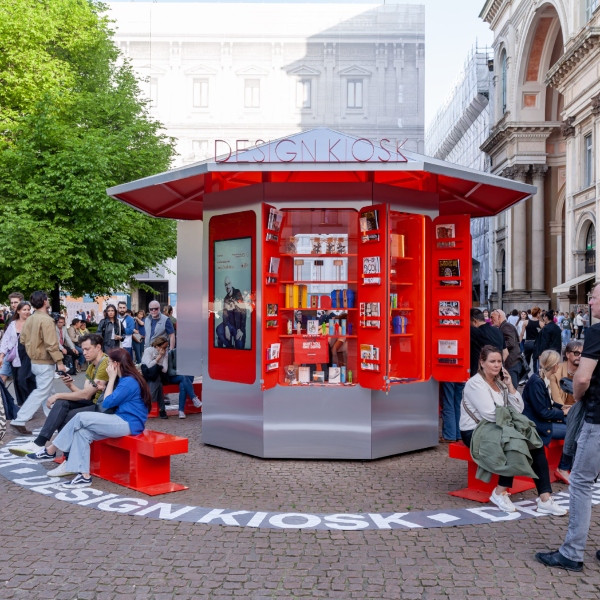
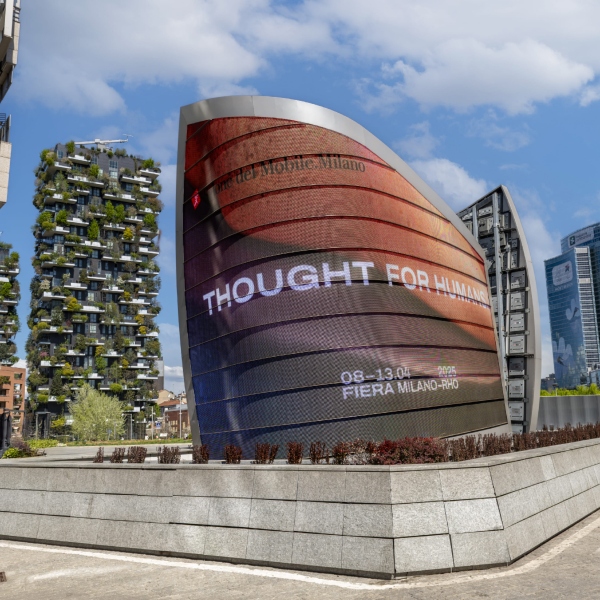

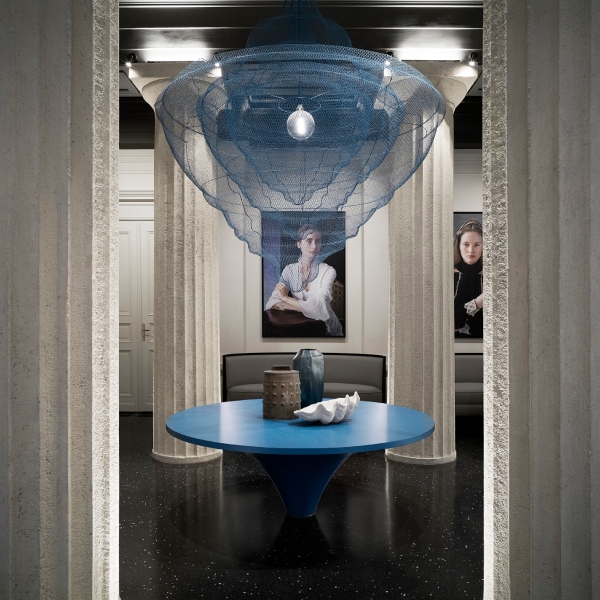
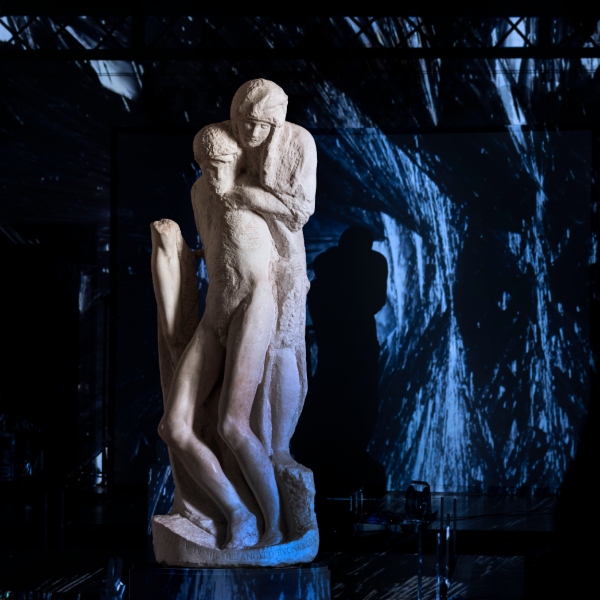
.jpg)
